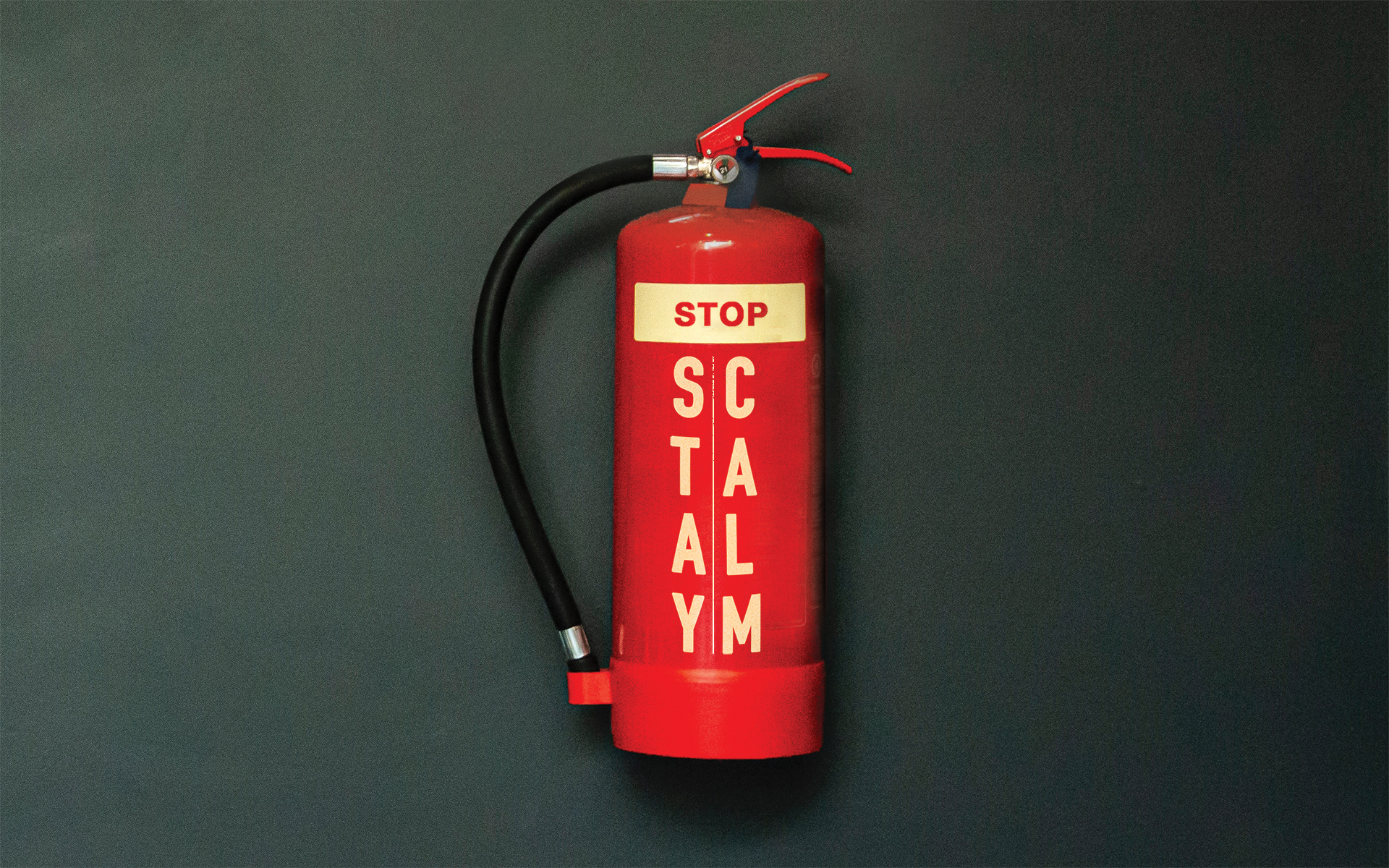What are automatic thoughts? We’ve all “zoned out” during a meeting at work, or had that outer body experience of driving home yet not being able recall how we got from point A to point B.
These habits help us navigate well-worn routes, but they can be unhelpful insofar as they provide knee-jerk reactions to different stimulus—and stressors—we encounter. Additionally, recent research from Harvard University suggests that wandering minds are not happy ones.
Mindfulness seeks to interrupt automatic thoughts by hijacking the same habit-forming pattern: we choose an object to focus our attention on (the breath), and when the mind wanders, we shift our attention back to the object of attention. This practice of repetition, of returning to the breath, or any object of attention during mindfulness practice, helps develop a different relationship to the present moment that undercuts our go-to responses. Next time we have to navigate a long commute or a stressful work meeting, perhaps we might not zone out or react in other unskillful ways but instead have the wherewithal to remain engaged with whatever comes our way instead of being an out-of-body bystander or emotionally over-reactive.
Dr. Patricia Rockman is Senior Director of Education and Clinical Services at the Centre for Mindfulness Studies in Toronto. In this two-minute video, she explains how mindfulness can create a shift from automatic reactions to a more engaged relationship with everyday life and your emotions.
Patricia Rockman: From Autopilot to Mindfulness
Video transcript below:
Mindfulness has been defined in a number of ways. The most common definition of mindfulness: the awareness that emerges from paying attention in a particular way, on purpose, to the present moment, nonjudgmentally.
What we’re doing is trying to train our attention and our emotions so that they are more regulated, meaning that we don’t just react automatically when difficulty arises.
“What we’re really doing is teaching people to be more aware. If you are more aware in your everyday life, you can enhance your capacity for joy.”
—Dr. Patricia Rockman
How we do that is by working with various practices, in this case mindfulness-based practices that work along with the body, so training the attention to focus on breathing in a particular way focus, or focus on body sensations, or observe thoughts and emotions.
And in this way, we begin to disrupt the automatic tendency of our thinking to spiral into negative states, or anxious states, or problem something states, or cascades of thinking that take us far into the future, or ruminate on the past, for example. What we’re really doing is teaching people to be more aware. If you are more aware in your everyday life, you can enhance your capacity for joy.
Video from the Centre for Mindfulness Studies
more from patricia rockman
Tame Feelings of Shame with this 10-Minute Practice
Exploring difficult emotions and experiences may be the key to loosening their hold over us. Try this 10-minute mindfulness practice from Patricia Rockman, MD.
Read More
Shift Your Mind From Crisis Mode to Calm
Unchecked stress may lead to overwhelm, unhelpful coping, and burnout. When you learn to recognize the warning signs, you can take wise action to manage your stress—with a little kind attention, and a lot of self-compassion.
Read More
Using Mindfulness to Navigate “Self”
Holding onto pain and loss keeps us mired in anxiety and perpetuates our problems over the long term. Mindfulness can help us change our relationship to what we find limiting in our lives.
Read More









